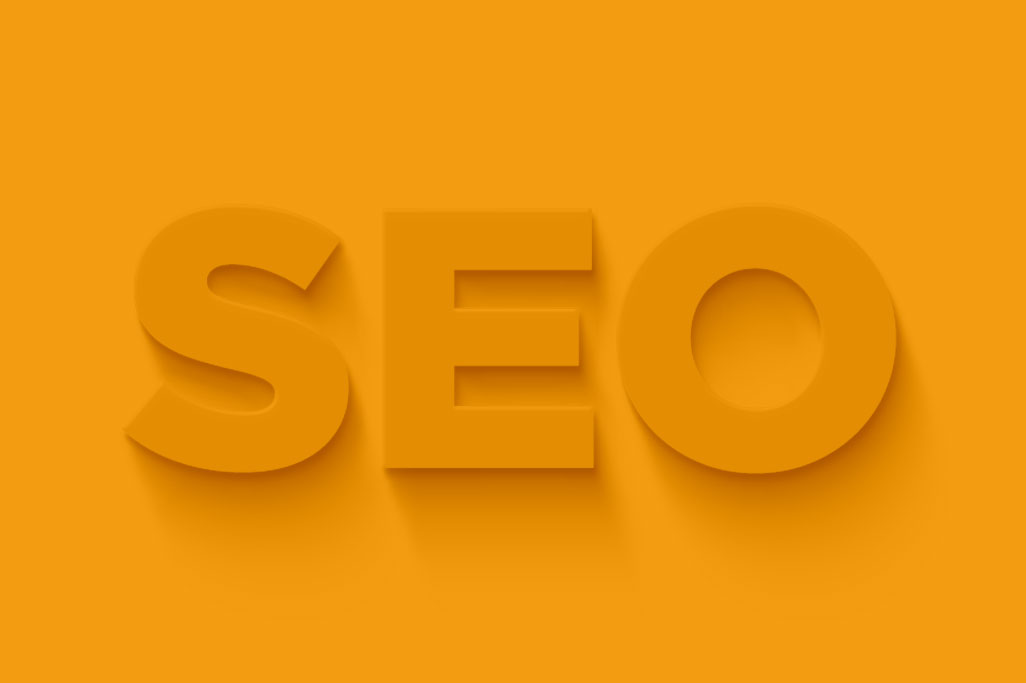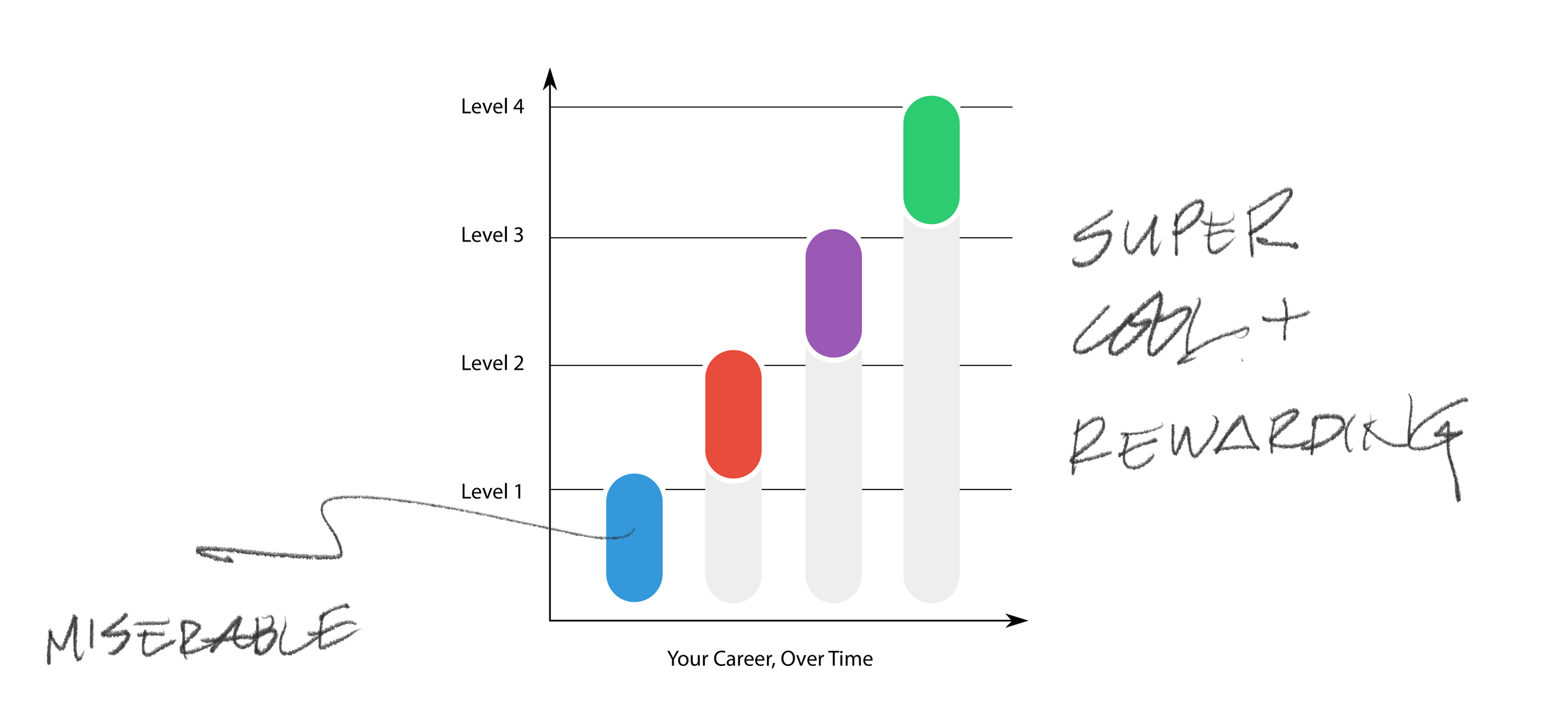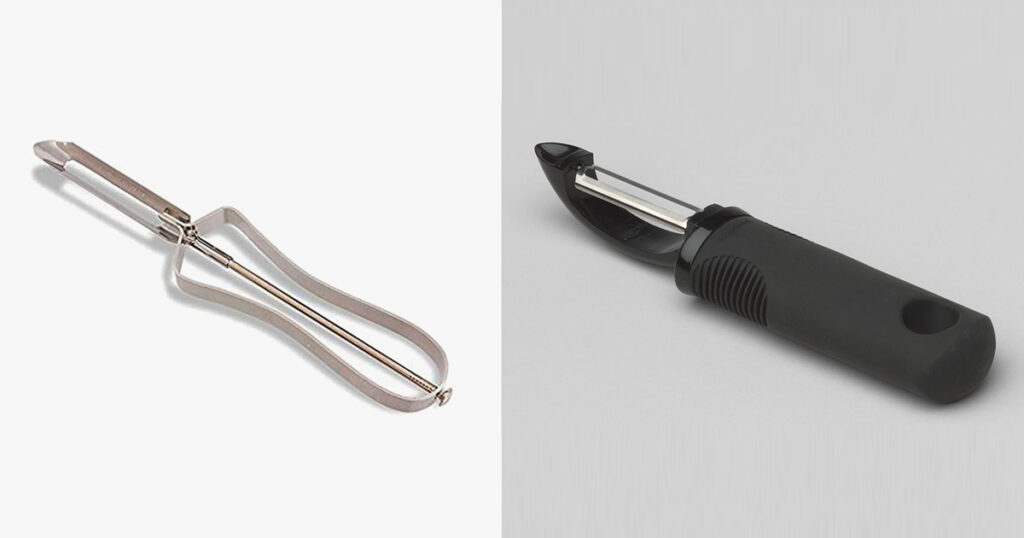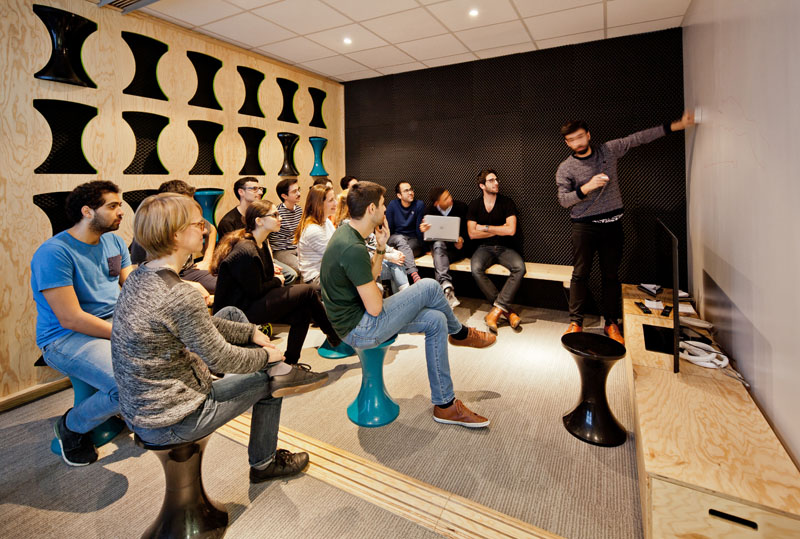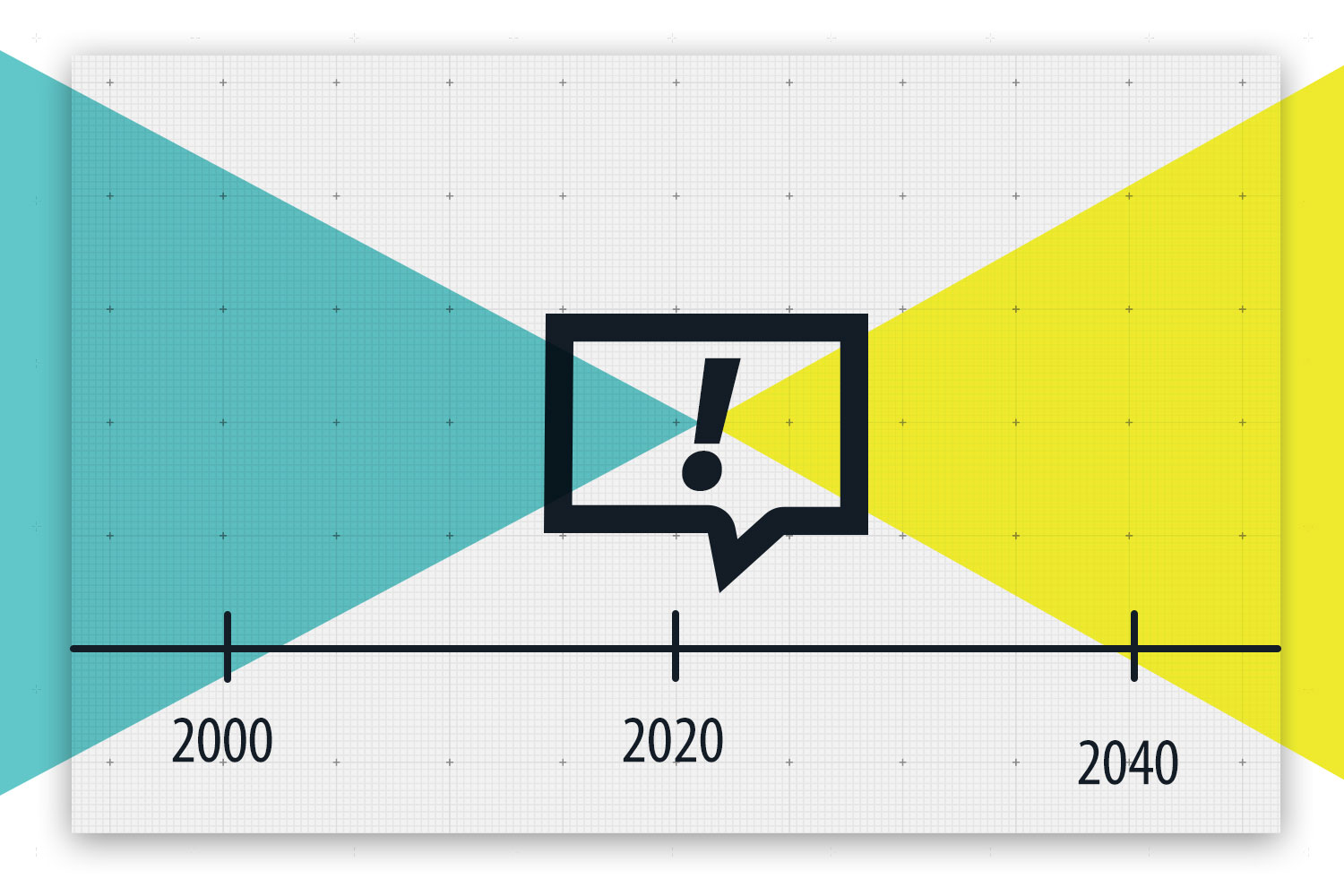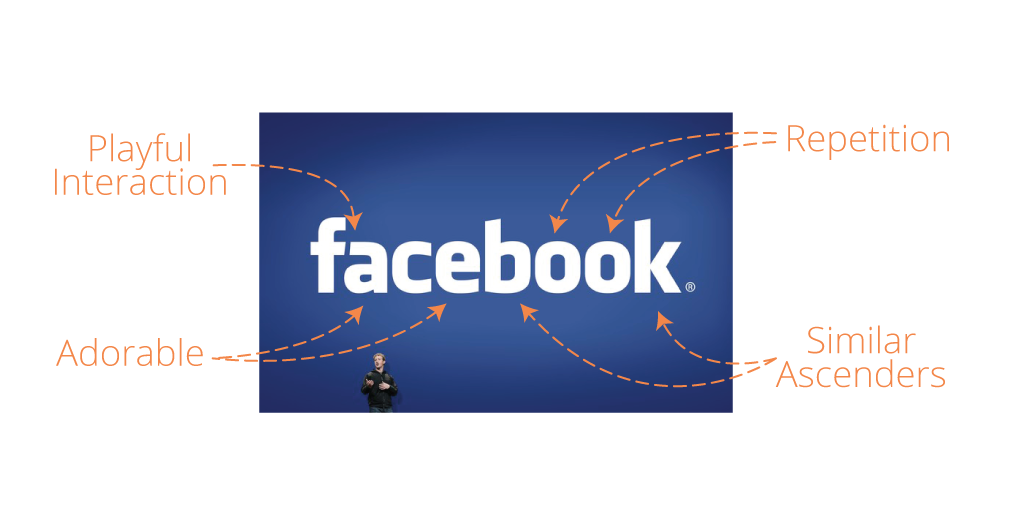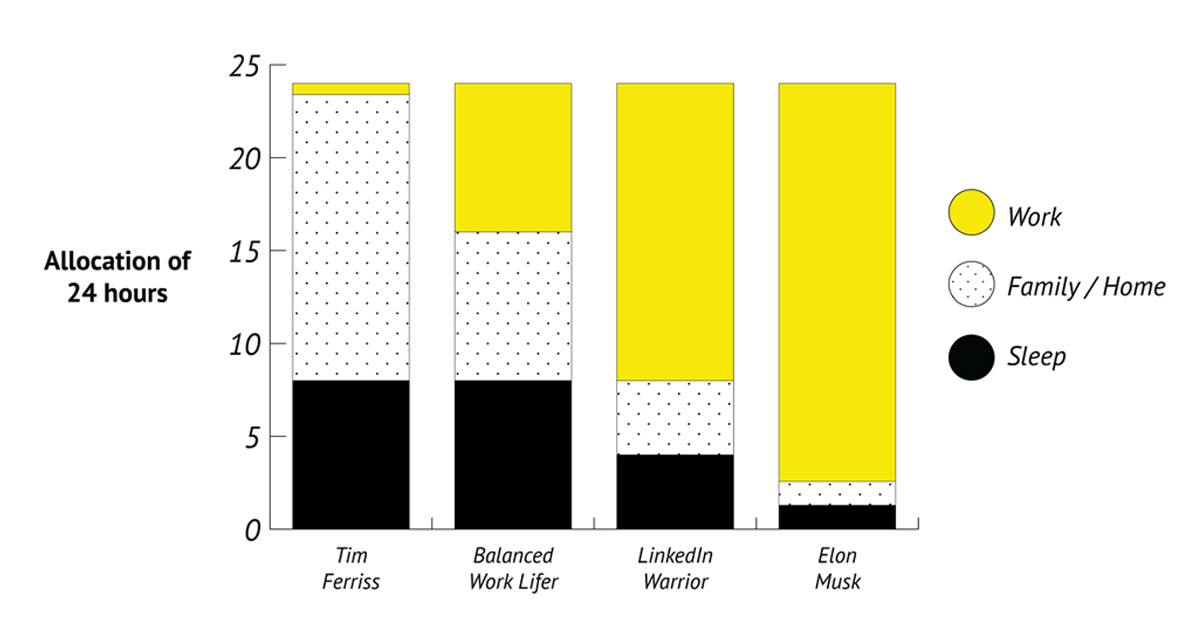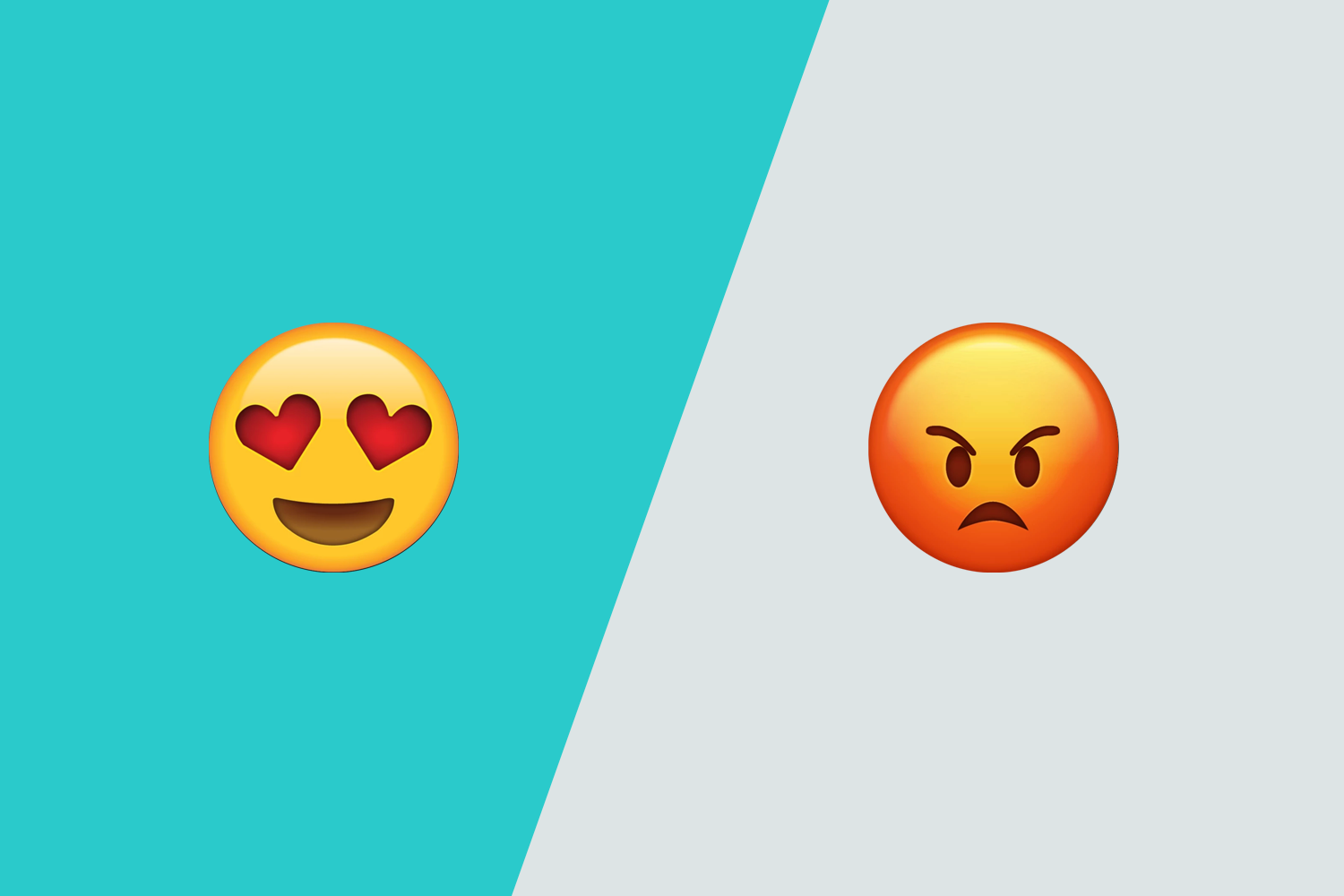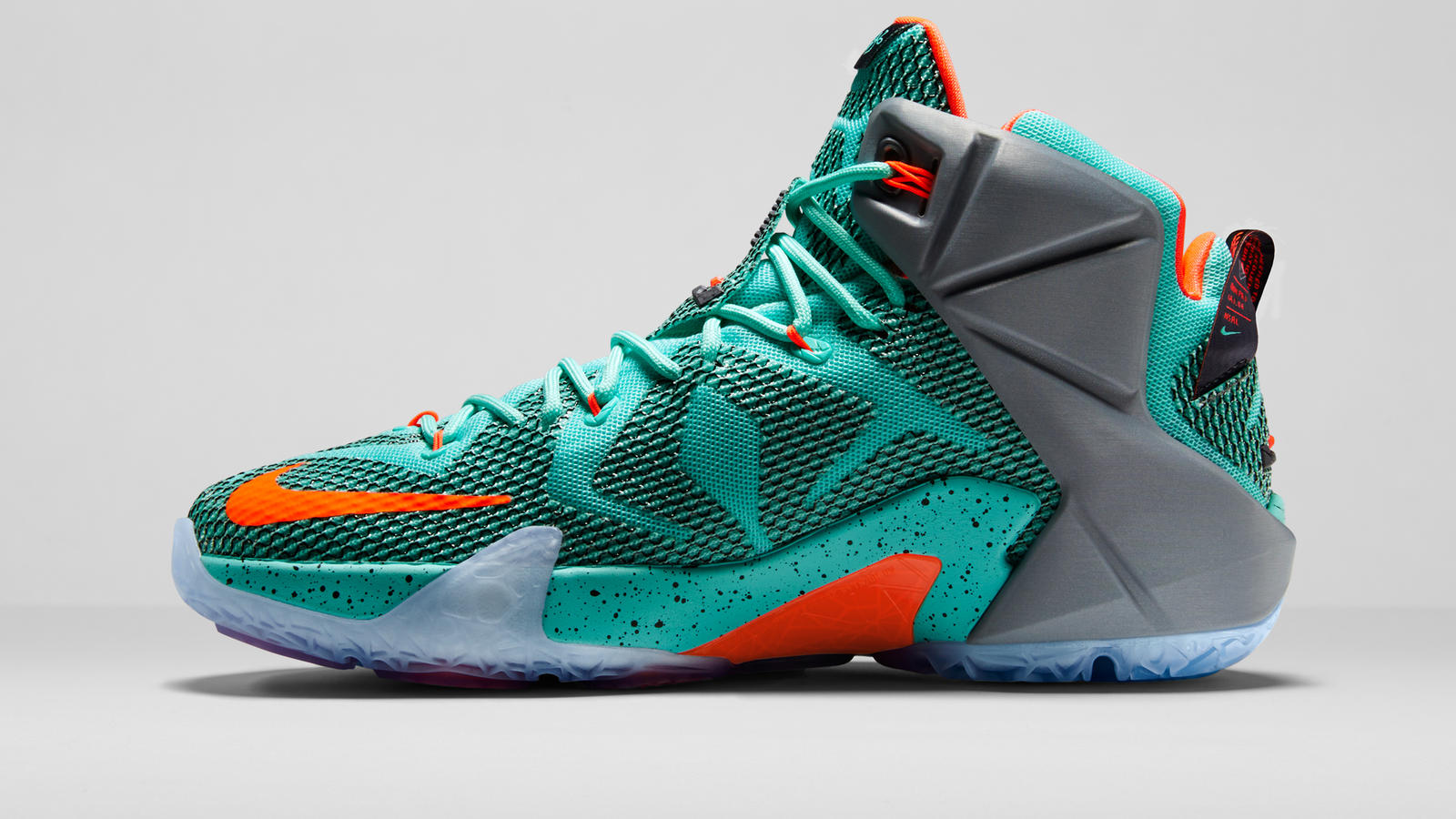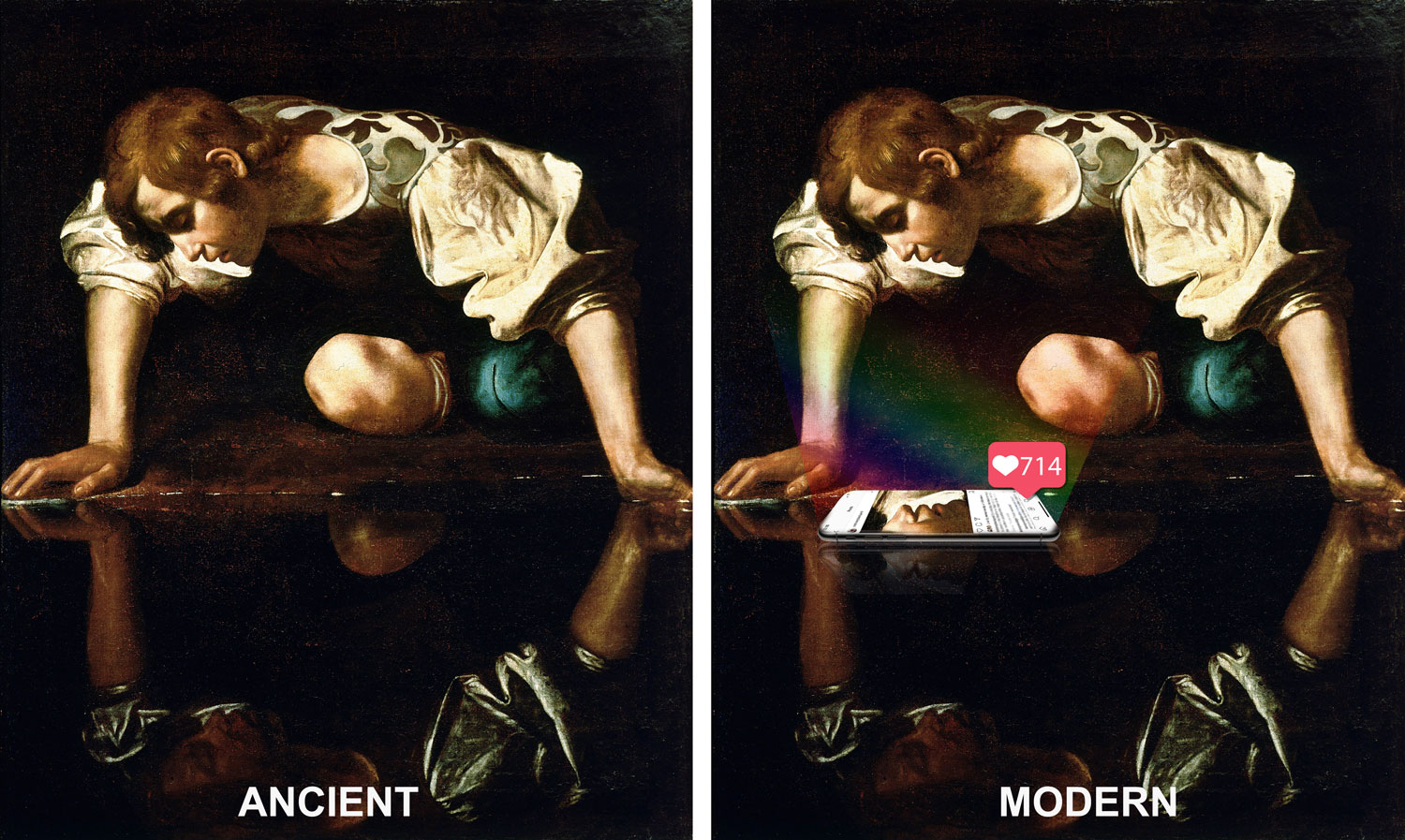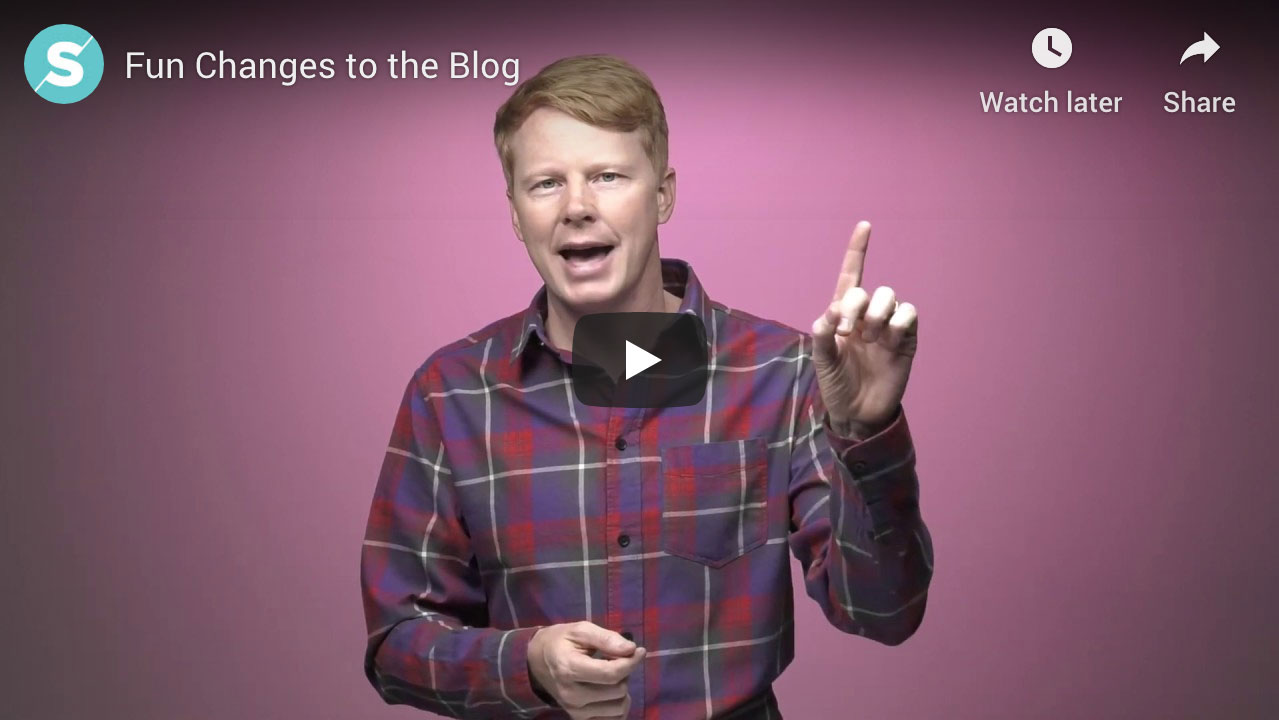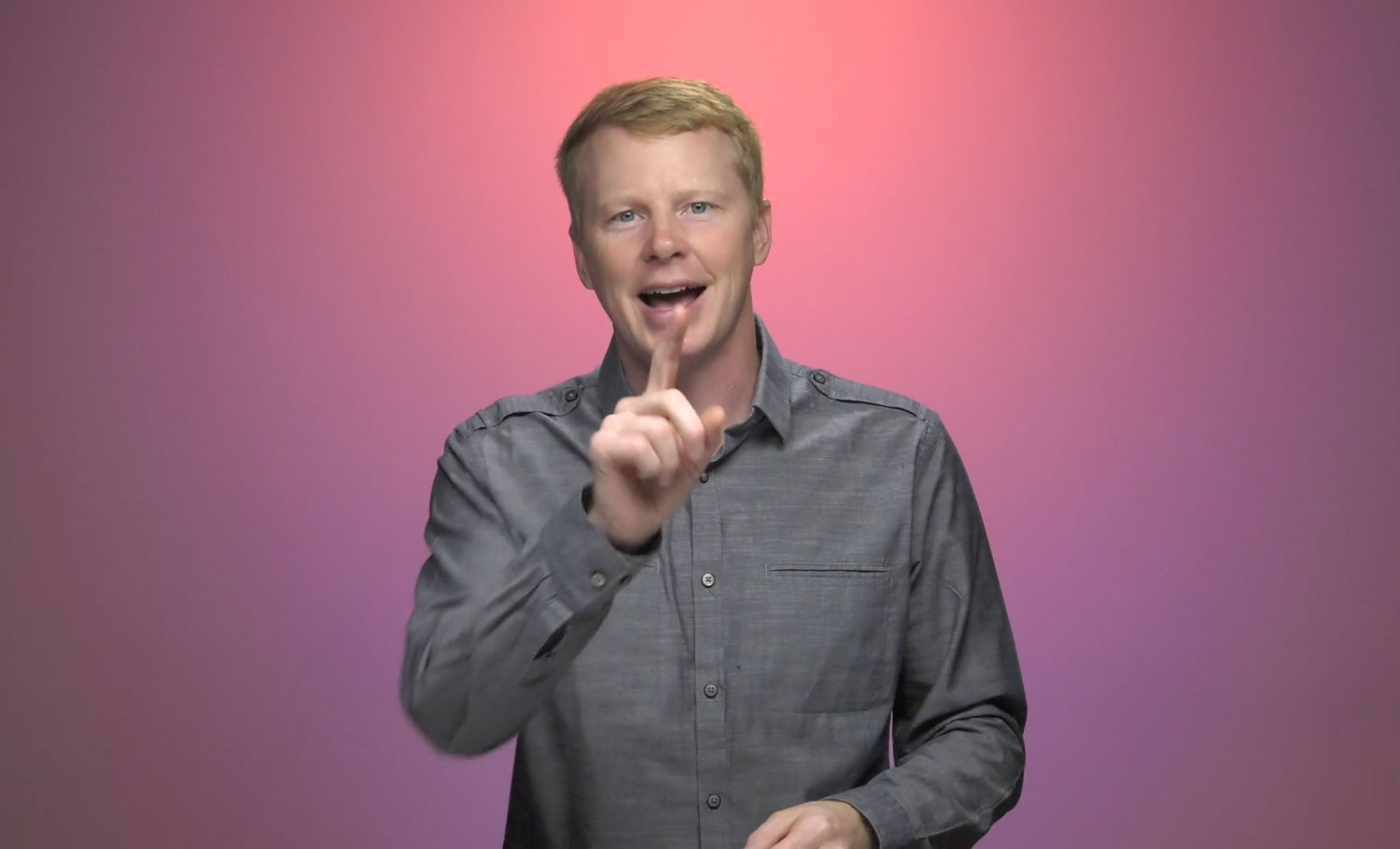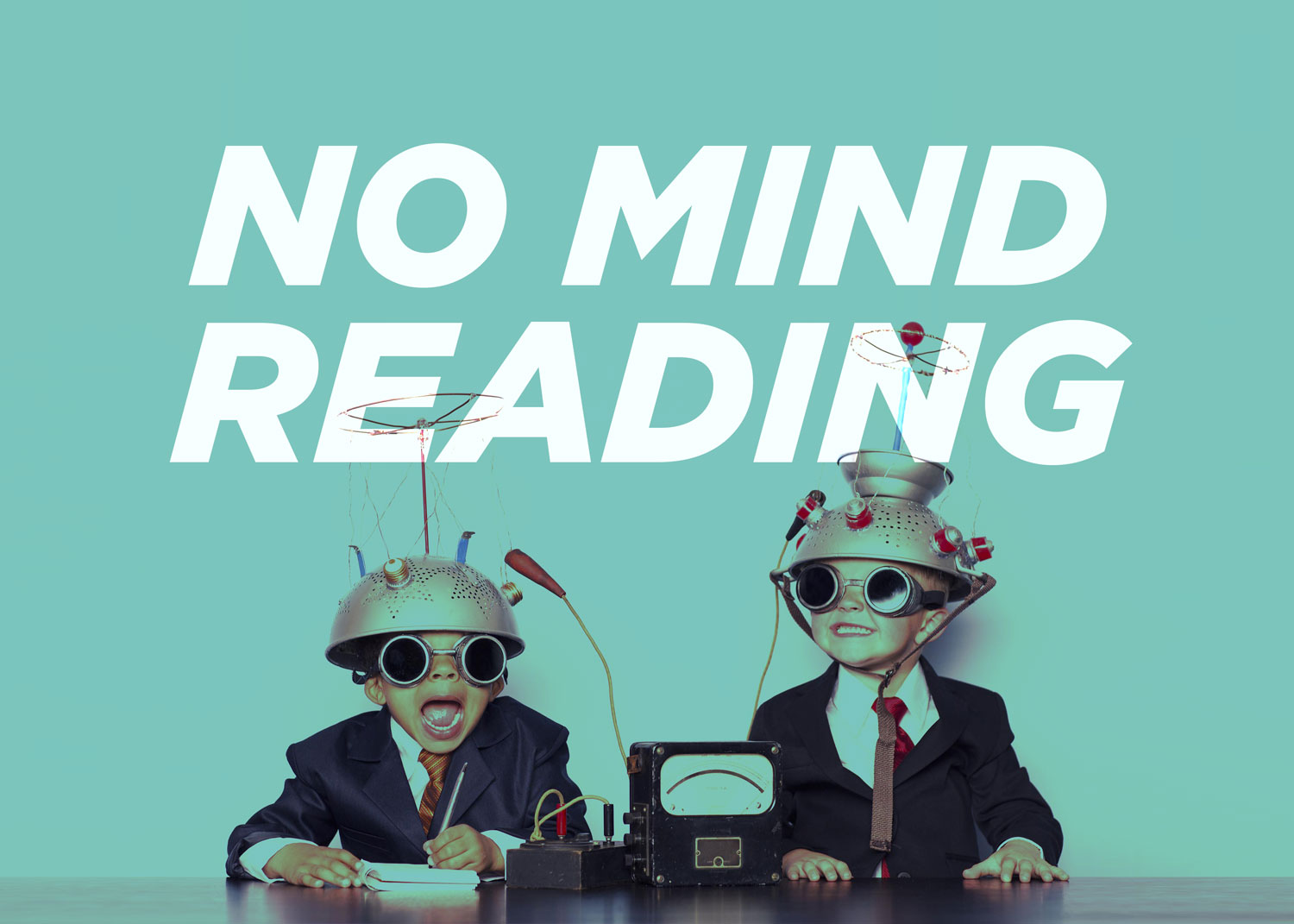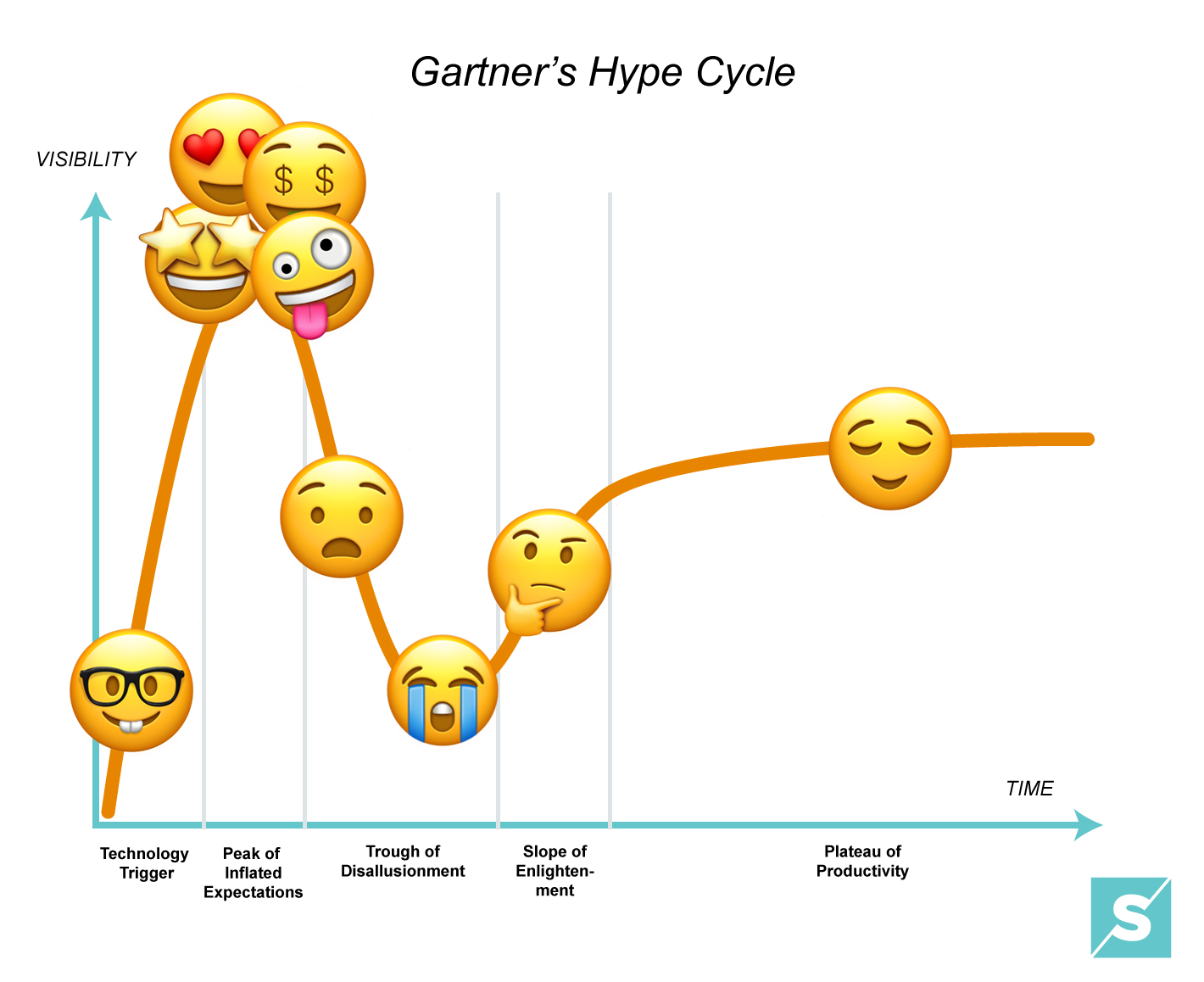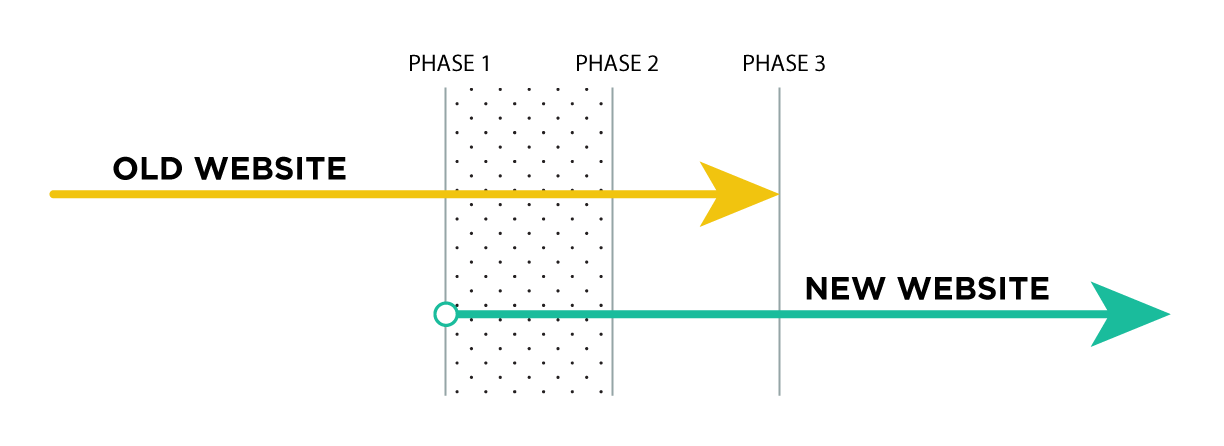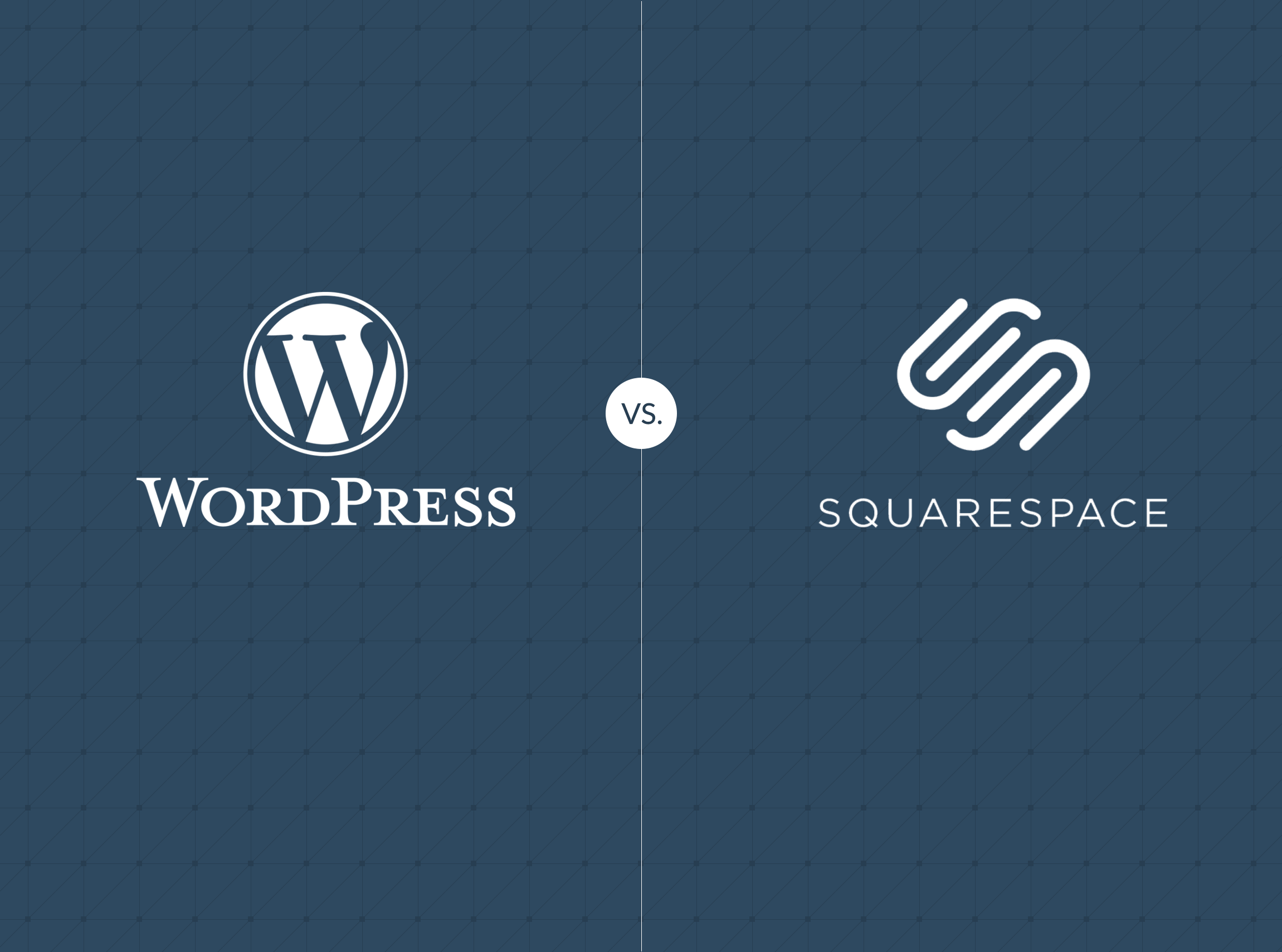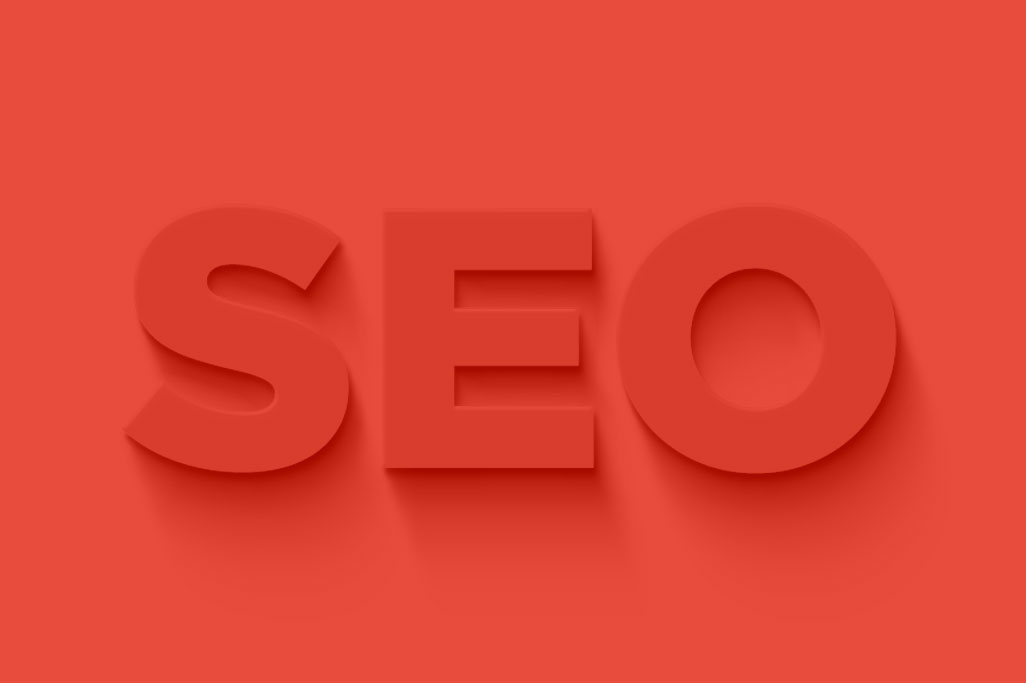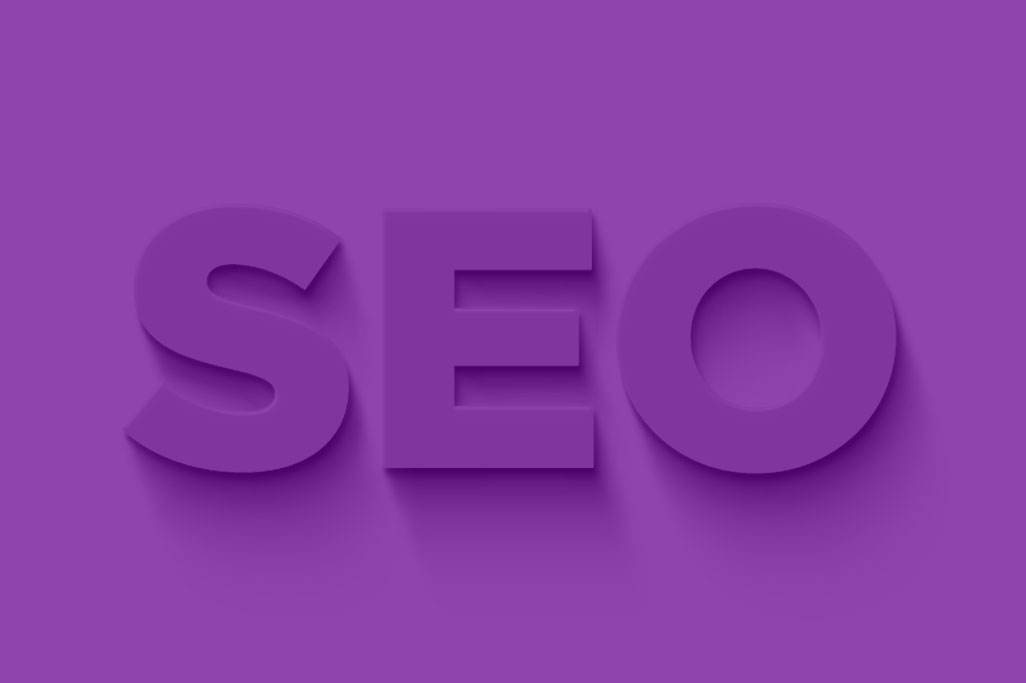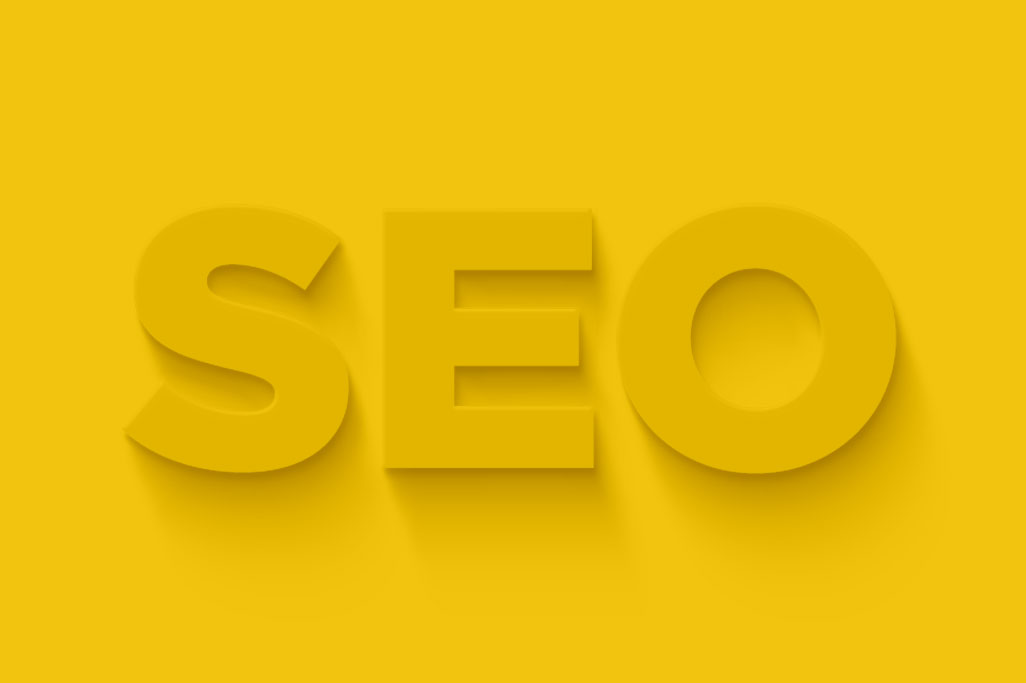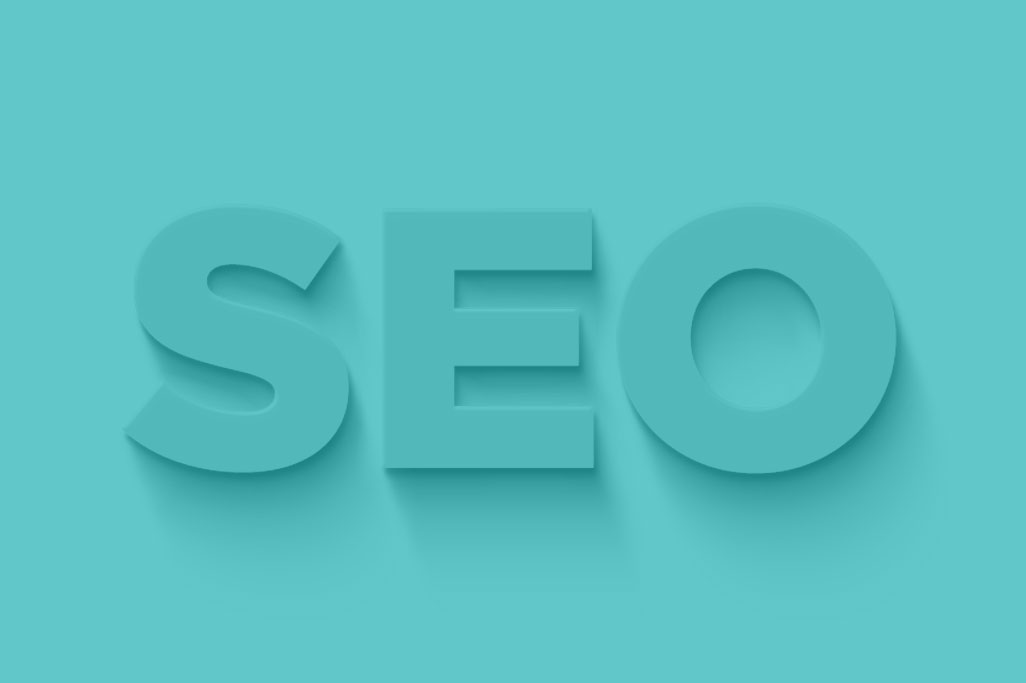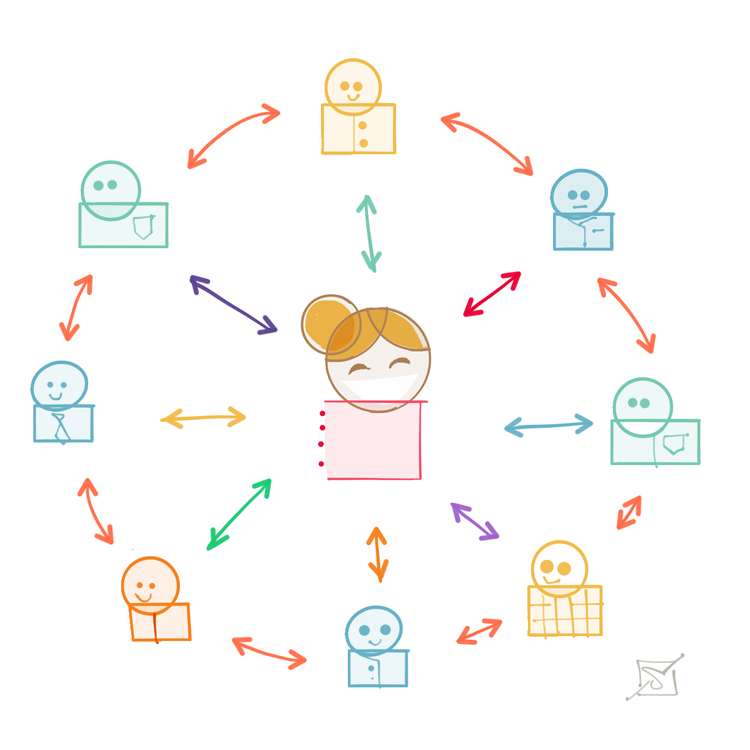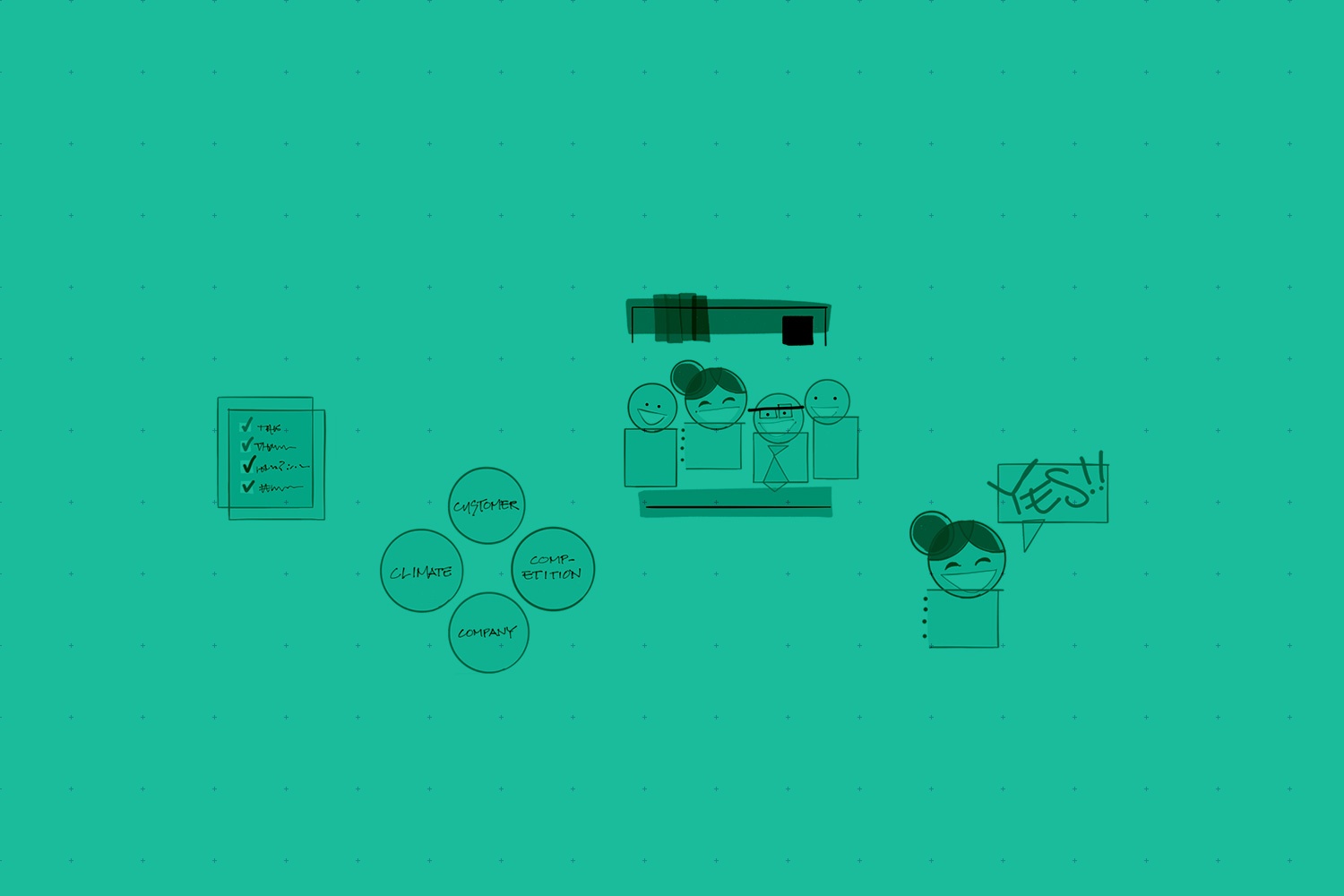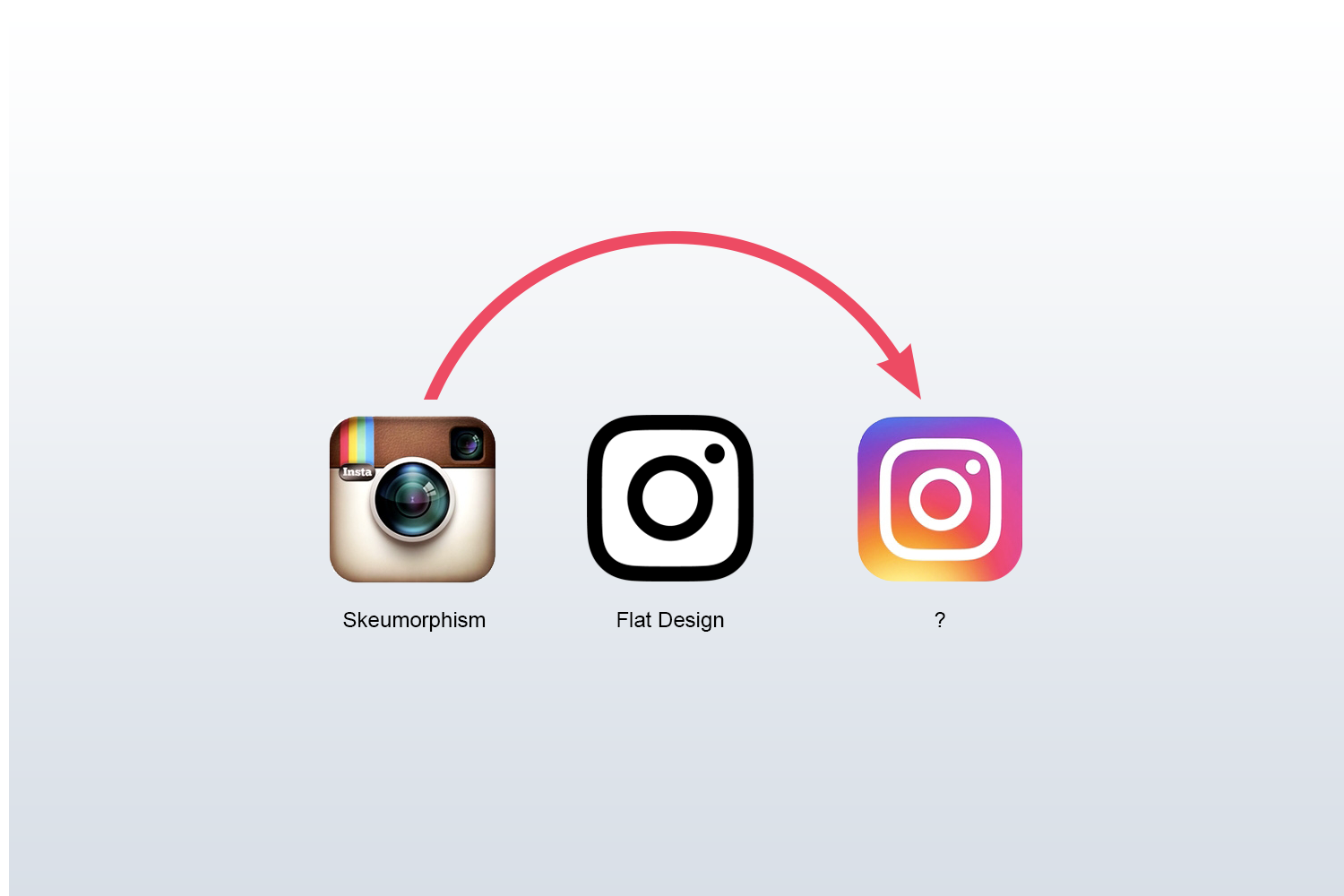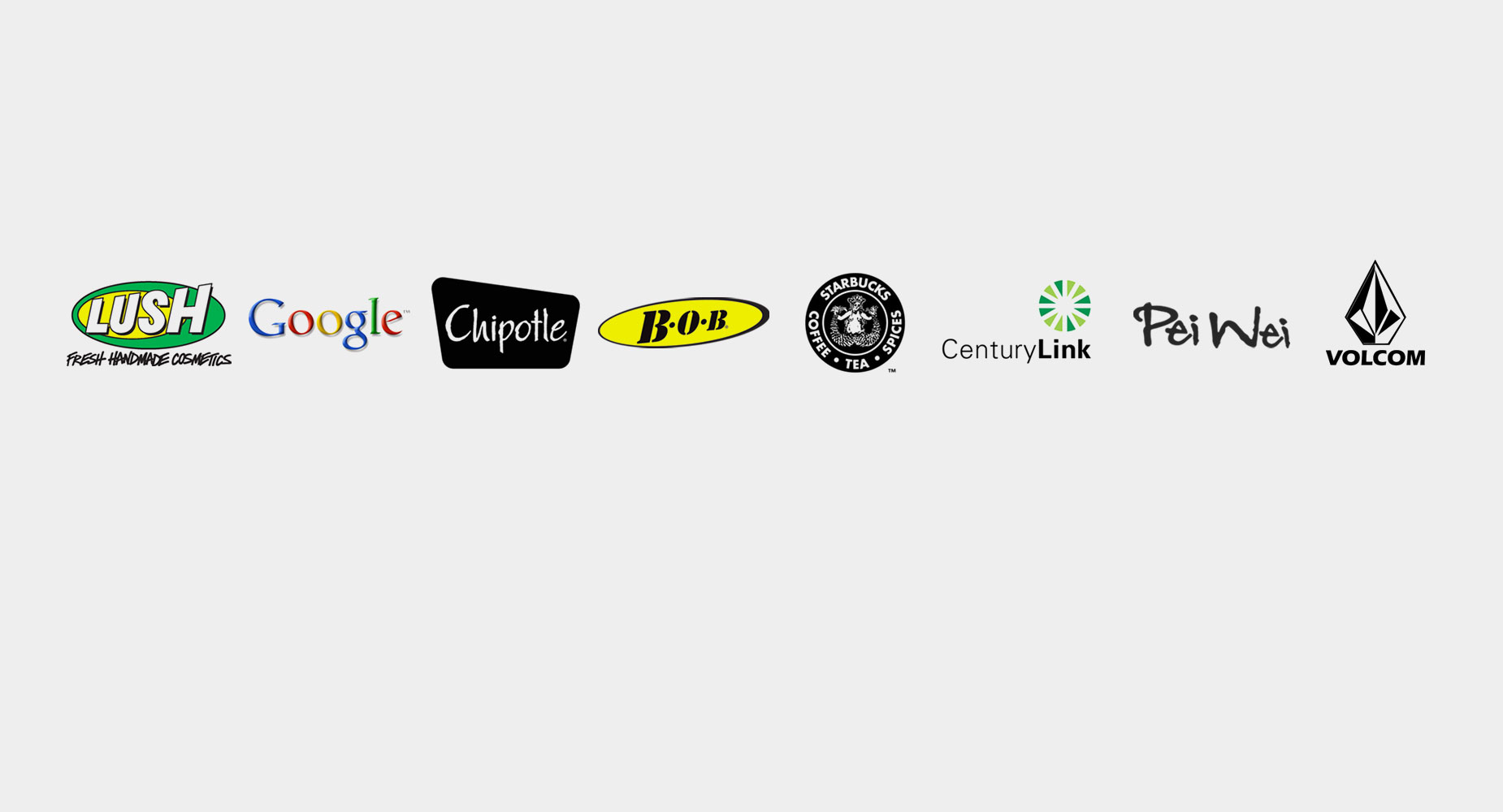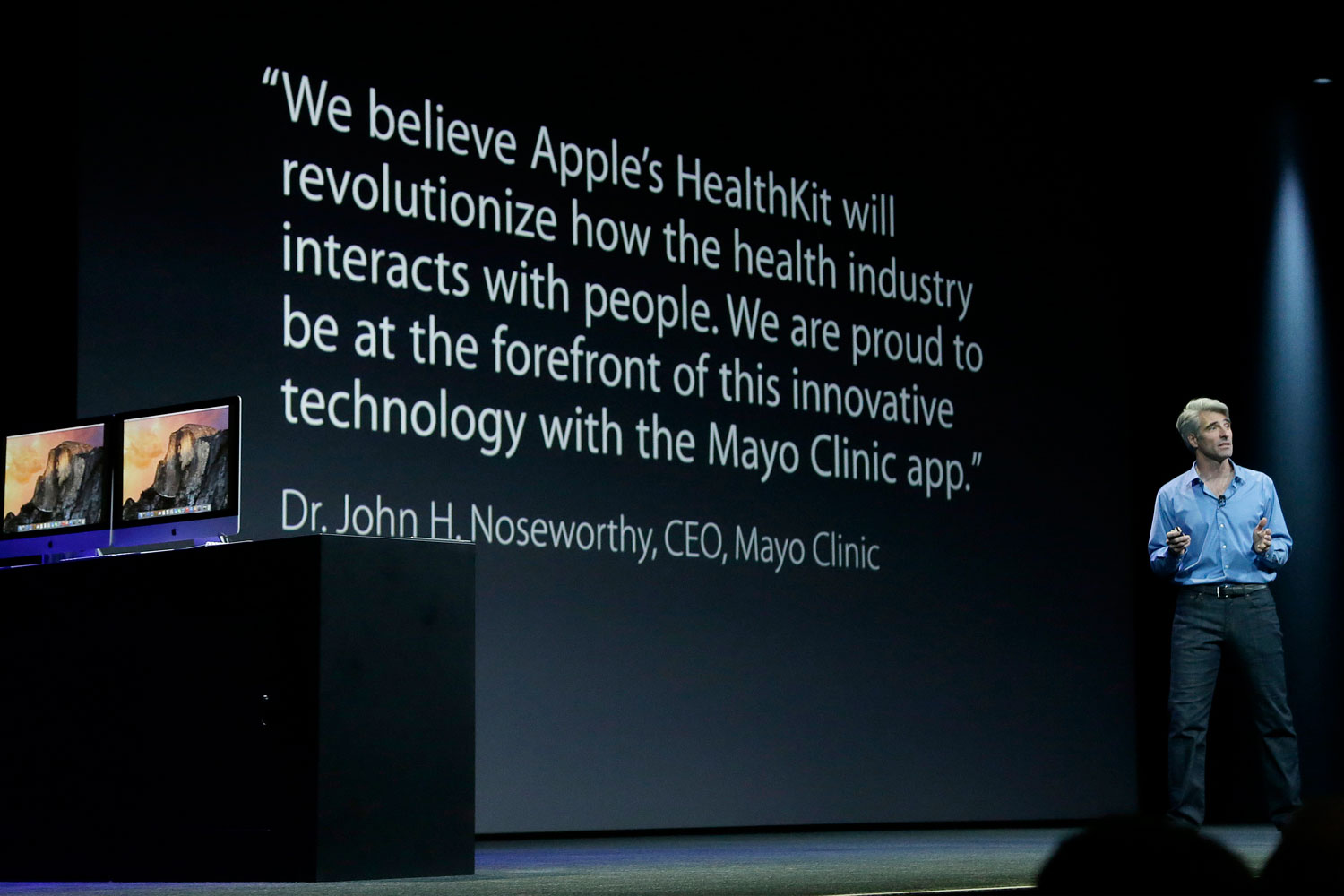"Never argue with a fool, onlookers may not be able to tell the difference."
- MARK TWAIN
I am reminded of this Twain quote when I found myself writing and re-writing this final blog in this series about Search Engine Optimization. Am I struggling to finish this blog because I lack effort? Lack clarity?
After my 5th draft of this blog, I realized that my biggest struggle was not because I lacked effort or clarity, but because I was arguing with a fool, or at least a foolish idea. Twain was correct! When you argue with a fool, you will sound just as much as a fool.
The foolish idea is this: SEO is the most powerful way to drive new business to your website.
This may have been true years ago, but it absolutely is not true today in 2017. At most, SEO is only 10% of your solution. (Important? Yes. But let's not pretend the SEO is everything.) The other 9o% is so much more exciting. For short, let’s just call this “digital marketing” for the rest of this blog.
Let's begin by talking about different paths for different kinds of companies. Let's break them up into two tidy groups: Business to Consumer, Business to Business.
Digital Marketing for B2C
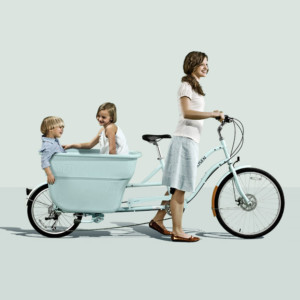
Last year I wrote a blog/podcast series that highlighted 5 lifestyle brands that were completely winning. I wanted to deconstruct these their successes, their competitive environments, and their strategies for product development, and how those all weave into their digital marketing strategies. It was an elaborate, multi-faceted blog series, and I hope that you'll take time to read it: start here.
The challenge though is that for most of the people who read that blog series, the lessons were not easy to apply to their own companies. Lifestyle brands do really well on social media, but their social media game plan won't work to showcase the value of more complex products and services.
Digital Marketing for B2B
For most B2B companies, digital marketing can take many forms. But your most comprehensive strategy for driving high quality traffic to your website is called "Inbound Marketing." Inbound marketing is built around a simple idea: we do tons of online research before we buy anything.
Inbound marketing is not advertising. Advertising is effective when people are making impulsive, low risk purchases (Anyone want a late afternoon iced coffee?). But for considered, high-risk purchases, we take every opportunity to make a pragmatic purchasing decision. We do online research! The goal of Inbound Marketing is to support buyers at every stage of their journey.
Understanding the Buyer's Journey
To bring the "buyer's journey" to life, let's use an example that we can all relate to: buying a car.
- Awareness - You become aware that you need a new car when the car you do have starts to break down. Or because you are seeing some slick new cars in commercials, or on the drive between your home and your workplace. Or maybe you see your co-workers upgrading to new cars, and you look like you are falling behind with your 10 year-old sedan.
- Consideration - Alright, it's time! Let's start shopping for a new car. Or is it an SUV? Or a crossover? What carmaker should I go with? It's time to do research, ask friends and family, and walk through show rooms. And of course, swing by the bank to see how much I have to spend.
- Decision - After realizing that I need an 8-passenger crossover made in America, I am left comparing a couple makes and models. And I'm seeing what competing car dealerships can offer for price. I'm ready to go, and I'm already imagining myself behind the wheel.
Where most companies go wrong today is assuming that everyone is at the "Decision Stage." They overwhelm customers with long lists of features of their products and services. And because their potential customer is not even aware of the problem, much less inactive consideration, the push to help someone decide is very offputting.
This is the problem with most websites--they're built around the false idea that people are ready to buy. Because of this failure, you miss major opportunities to help people understand their problems, compare possible solutions, and ultimately, your company misses the opportunity to be a wise guide. Instead, your company comes off as pushy as a cars salesman.
Take a look at our chart below. This explains the three steps of the Buyer's Journey, and what you can offer to support your future customers every step of the way.

Software companies like Hubspot (for big companies) and Infusionsoft (for small companies) provide tools for Inbound Marketing. Also, you probably have seen buzzy words like marketing automation, lead generation, and generating qualified leads. These are all different ways of describing the same thing.
What Inbound Marketing software offers are tools for keeping potential customers engaged. So for example, if you click on the banner below, you'll get a free eBook. I worked really hard on that eBook. I packed a lot of knowledge in that book, and spent at least 40 hours putting it together. There are parts that are even funny! So all I'm asking in exchange for that sweet eBook is your email address.
After you download the eBook, I'll shoot you an email in a couple of weeks to see if everything made sense, and if you have any follow-up questions. This starts the conversation that, if it fits for all of us, could turn into a cool project where we work together. A new business relationship that began when you read my blog 6 months ago.
You have to embrace that inbound marketing is a complete paradigm shift. You aren't going outbound with billboards, print ads, and by overwhelming people with loud commercials on radio and television. It's quite the opposite.
To be good at inbound marketing, you have to be generous with visitors. You have to teach people. You have to be patient. You have to be kind. You have to be authentic! You cannot hide behind your slick ads and splashy websites.
Inbound Marketing Today, Tomorrow
I love this quote! So many times when we talk about “the future” we imagine a far off place where our current reality is replaced by a drastically new reality. But this only happens in the movies. If you want to know what the future will be like, you can find it today. You just have to know where to look.
The future has arrived —
it’s just not evenly distributed yet.”
- WILLIAM GIBSON
Today, the smartest web design agencies and advertising agencies are building out Inbound Marketing teams. We're doing this because we see Inbound Marketing working quite well for our own agencies, and we know that we can do the same for other companies too.
Want to chat? Shoot me an email. I won't even make you fill out a form. matt (at) smithhousedesign.com ◾️
